Who Built Machu Picchu? Unraveling the Mystery of the Incan Empire
Mystery of the Incan Empire:
Machu Picchu is one of the most famous and breathtaking archaeological sites in the world. Nestled high in the Andes Mountains of Peru, this ancient city stands as a testament to the brilliance of the Inca civilization. Built in the 15th century, Machu Picchu remains one of the best-preserved examples of Incan architecture and engineering. Unraveling the Mystery of the Incan Empire.
Recognized as a UNESCO World Heritage Site, Machu Picchu attracts millions of visitors each year, who marvel at its intricate stone structures, terraced landscapes, and stunning mountain views.
The city’s remote location, hidden among lush green peaks, adds to its air of mystery. Unlike other major Incan cities, Spanish conquerors never discovered Machu Picchu, which helped preserve its original design and cultural significance.
The biggest mystery surrounding Machu Picchu is who built it and why. Many historians believe that Pachacuti Inca Yupanqui, a powerful Incan ruler, ordered its construction as a royal estate or ceremonial center.
However, other theories suggest it was an important religious site or even an astronomical observatory. Despite extensive research, Machu Picchu still holds many secrets, making it one of the most intriguing sites in the world.
Mystery of the Incan Empire: Architects of Machu Picchu
The Inca Civilization was one of the most advanced and powerful empires in South America before the arrival of the Spanish. Known for their remarkable engineering skills, the Incas built cities, roads, and agricultural terraces across the Andes Mountains.
One of their greatest achievements was the construction of Machu Picchu, a breathtaking citadel that remains a mystery to this day.
The Incas were master builders, using a technique called dry-stone construction, where precisely cut stones fit together without mortar. This method made their structures highly resistant to earthquakes.
They also built an extensive network of Inca roads, known as the Qhapaq Ñan, stretching over 24,000 miles, allowing communication and trade across the empire. Terracing was another innovation that allowed them to farm on steep mountain slopes, preventing soil erosion and maximizing agricultural production.
Pachacuti Inca Yupanqui, the ninth emperor of the Inca Empire, is widely believed to have ordered the construction of Machu Picchu in the 15th century. Under his reign, the empire expanded significantly, and he transformed it into a highly organized state.
Purpose of Machu Picchu: Royal Estate or Sacred Site?
The true purpose of Machu Picchu remains a mystery, but historians and archaeologists have developed several theories. One popular belief is that it was a royal retreat built for Pachacuti Inca Yupanqui, the emperor who expanded the Inca Empire.
The site’s remote location, luxurious palaces, and stunning views suggest it was a peaceful escape for Inca rulers, away from the busy capital of Cusco.
Another theory suggests that Machu Picchu was a religious center, designed for sacred rituals and ceremonies. The site includes several temples, altars, and ceremonial fountains, indicating its spiritual importance. The Temple of the Sun, for example, was likely used to honor Inti, the Incan Sun God.
Additionally, researchers believe that Machu Picchu functioned as an astronomical observatory. Many of its structures are precisely aligned with solstices and celestial events. The Intihuatana Stone, also known as the “Hitching Post of the Sun,” is thought to have been used for tracking the sun’s movements, helping the Incas with their agricultural calendar.
Whether a royal estate, religious sanctuary, or astronomical hub, Machu Picchu continues to fascinate visitors, offering a glimpse into the advanced knowledge and rich traditions of the Inca civilization.
Incan Engineering and Architecture at Machu Picchu
The Incan engineering at Machu Picchu is a true testament to their advanced construction skills. One of the most remarkable techniques they used was dry-stone construction, which means they built structures without mortar.
The stones were precisely cut and fitted together so well that even a knife blade couldn’t fit between them. This method made the buildings highly resistant to earthquakes, as the stones could shift slightly and then settle back into place.
Another impressive feature is the terracing system, which helped with agriculture and erosion control. The Incas carved large steps into the steep mountain slopes, creating flat surfaces for farming. The terraces served dual purposes: supporting crop growth and preventing landslides by managing rainwater flow.
The water management system at Machu Picchu was equally advanced. The Incas built irrigation channels and fountains that efficiently distributed water throughout the site. They directed rainwater and spring water through stone canals to supply water constantly and cleanly to various areas.
The Rediscovery of Machu Picchu
In 1911, American explorer Hiram Bingham led an expedition that brought global attention to Machu Picchu. While people often credit Bingham with its “discovery,” they never truly lost the site.
Local indigenous farmers had long known about the ruins and played a crucial role in guiding him to the location. A young boy named Pablito Alvarez led Bingham up the steep trails, where he encountered the well-preserved remains of Machu Picchu hidden in the dense jungle.
National Geographic published Bingham’s findings in 1913, sparking worldwide interest in the Mystery of the Incan Empire. However, it was the Quechua-speaking locals who had preserved the ruins for centuries, protecting its legacy.
Today, Alpaca Expeditions enables visitors to appreciate Machu Picchu’s beauty while honoring Andean culture and history.
Alpaca Expeditions: Connecting Travelers to Inca History
At Alpaca Expeditions, we bring the wonders of Machu Picchu to life with expert-guided tours that blend history, adventure, and sustainability. As the #1 tour operator in Peru, we provide immersive experiences, ensuring travelers connect deeply with the ancient Incan civilization.
We commit to sustainable tourism, preserve Incan heritage by following eco-friendly trekking practices, and support local communities. Our Inca Trail Porter Welfare program ensures fair wages and excellent working conditions for our team.
Travelers can choose from various trekking routes to reach Machu Picchu. The Classic Inca Trail follows the original path of the Incas, the Short Inca Trail is ideal for those with limited time, and alternative routes like the Salkantay Trek offer breathtaking scenery.
With Alpaca Expeditions, every journey to Machu Picchu is an unforgettable adventure that honors history while embracing responsible travel.
Conclusion
Machu Picchu stands as one of the greatest architectural and cultural achievements of the Inca Empire. This ancient city, built with remarkable precision and ingenuity, reflects the advanced engineering and deep spiritual beliefs of the Incas.
From its breathtaking stone structures to its intricate terracing system, every aspect of Machu Picchu showcases the brilliance of its creators.
Today, this UNESCO World Heritage Site remains a symbol of Peru’s rich history, drawing travelers from around the world. Visiting Machu Picchu offers a chance to explore a stunning ancient site and breathtaking landscapes. Whether hiking the Inca Trail or taking a guided tour, visiting this lost city is an unforgettable experience.
At Alpaca Expeditions, we ensure travelers connect deeply with the history, culture, and natural beauty of Machu Picchu, making each visit truly special. Don’t just read about it—come and experience the magic yourself!
You might like these as well:
- Machu Picchu Weather Guide: What to Expect in Each Season
- Machu Picchu Photography Tips: How to Capture the Perfect Shot
- Understanding the Layout of Machu Picchu: A Guide to Its Main Structures
- The Sacred Role of Water in Machu Picchu & Incan Civilization
- How Machu Picchu Was Built: The Engineering Marvel of the Incas
Alpaca Expeditions Recognitions
ISO (International Organization for Standardization)
In the pursuit to stand out from the rest, Alpaca Expeditions has obtained four ISOs plus our carbon footprint certificate to date. These achievements result from our efforts to implement the internationally-recognized integrated management system. They also represent our commitment to all of our clients and staff of operating sustainability and responsibility in every way possible.
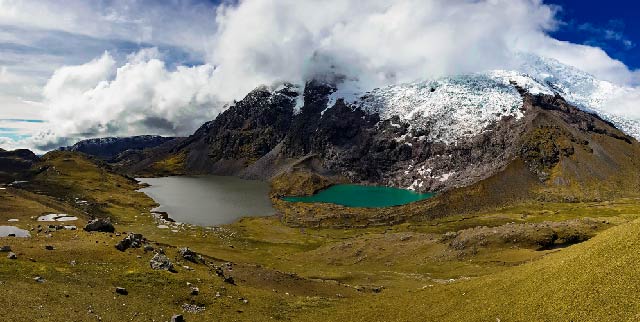
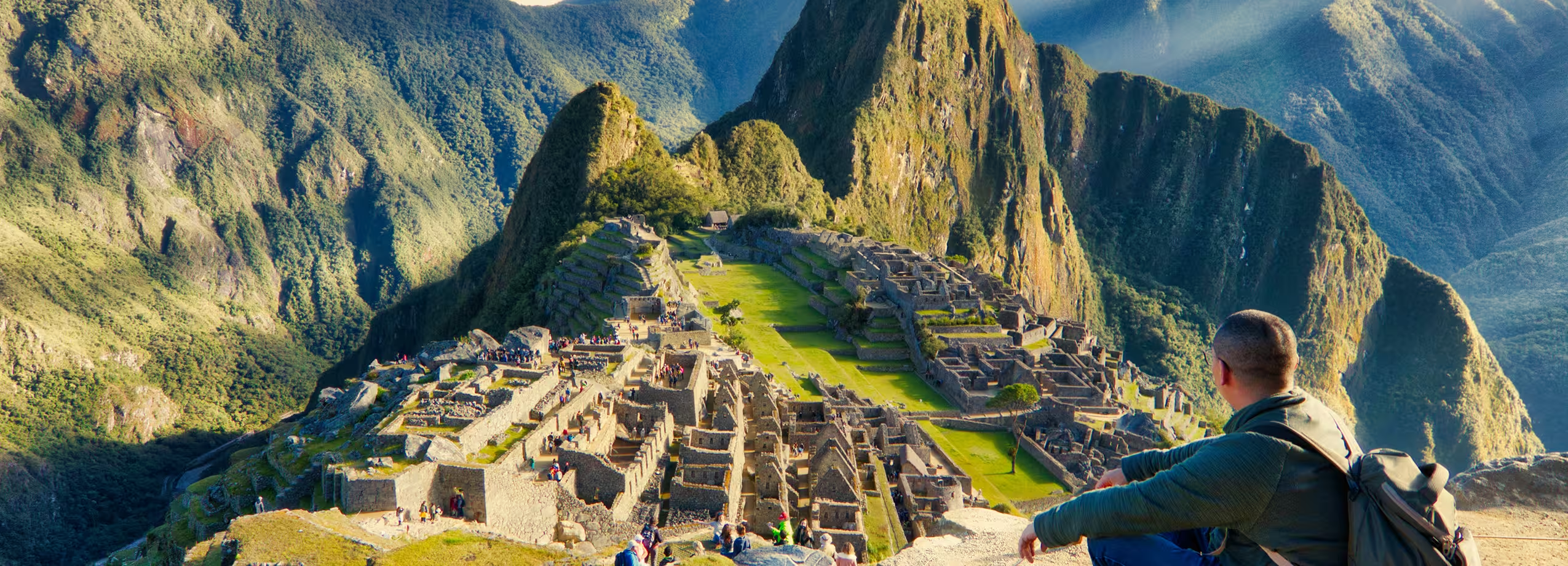
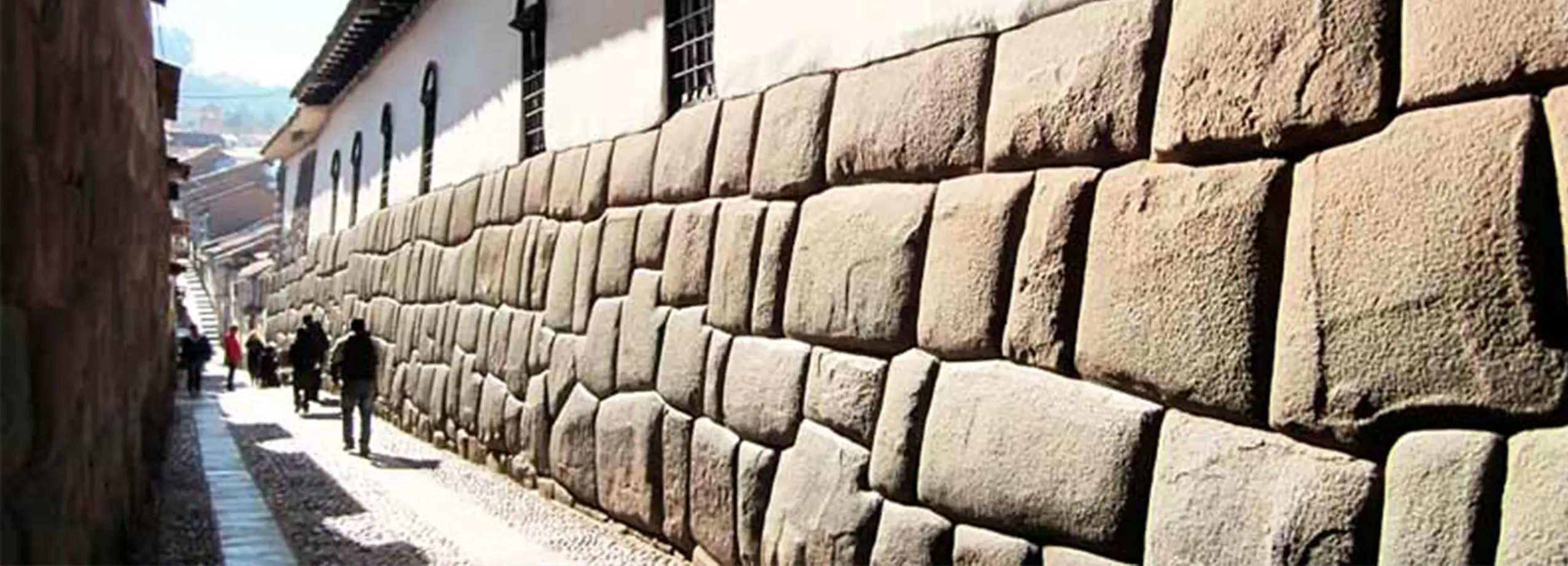
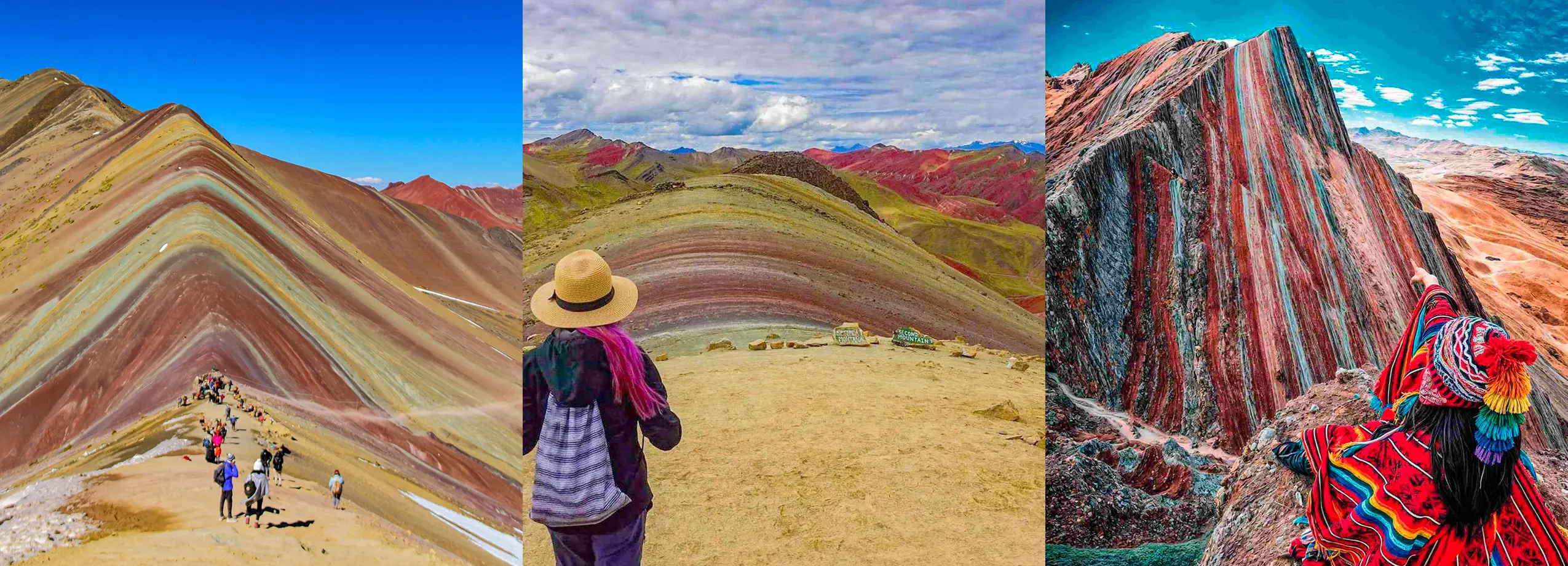
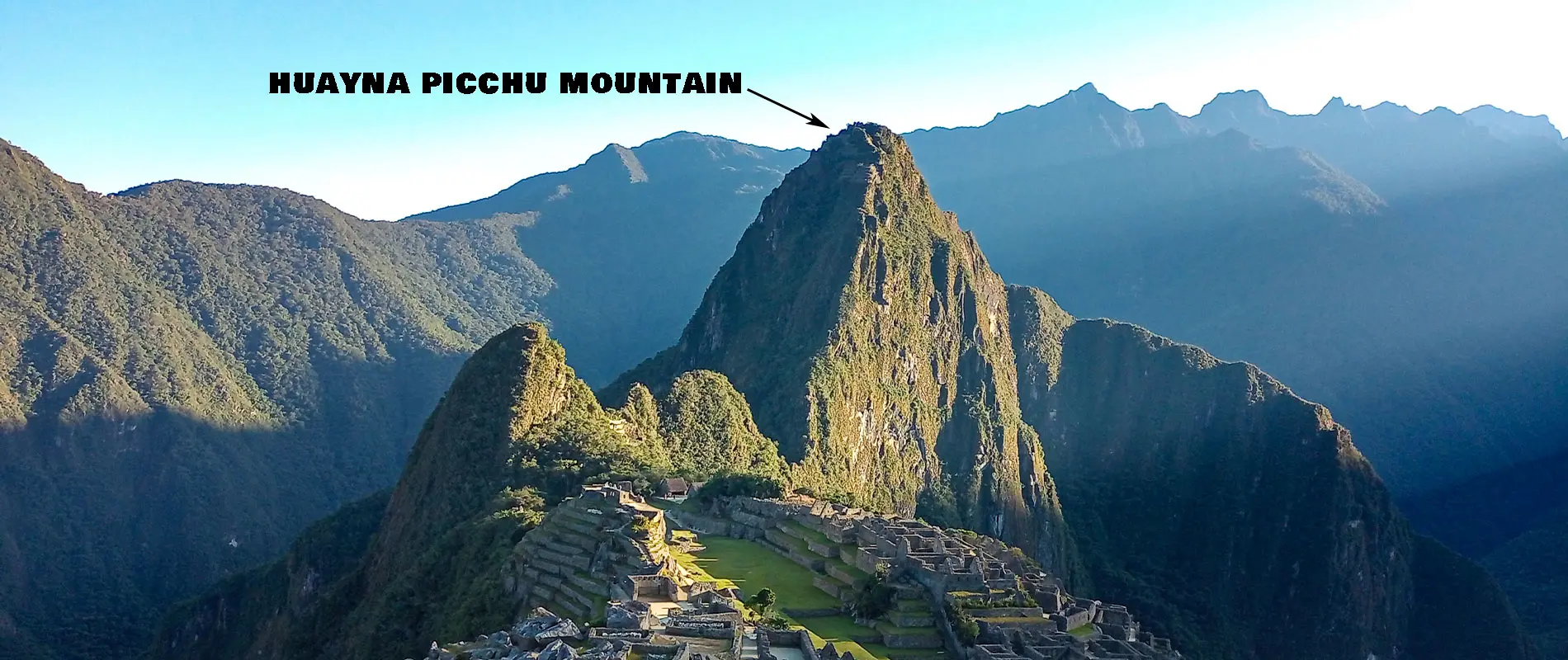
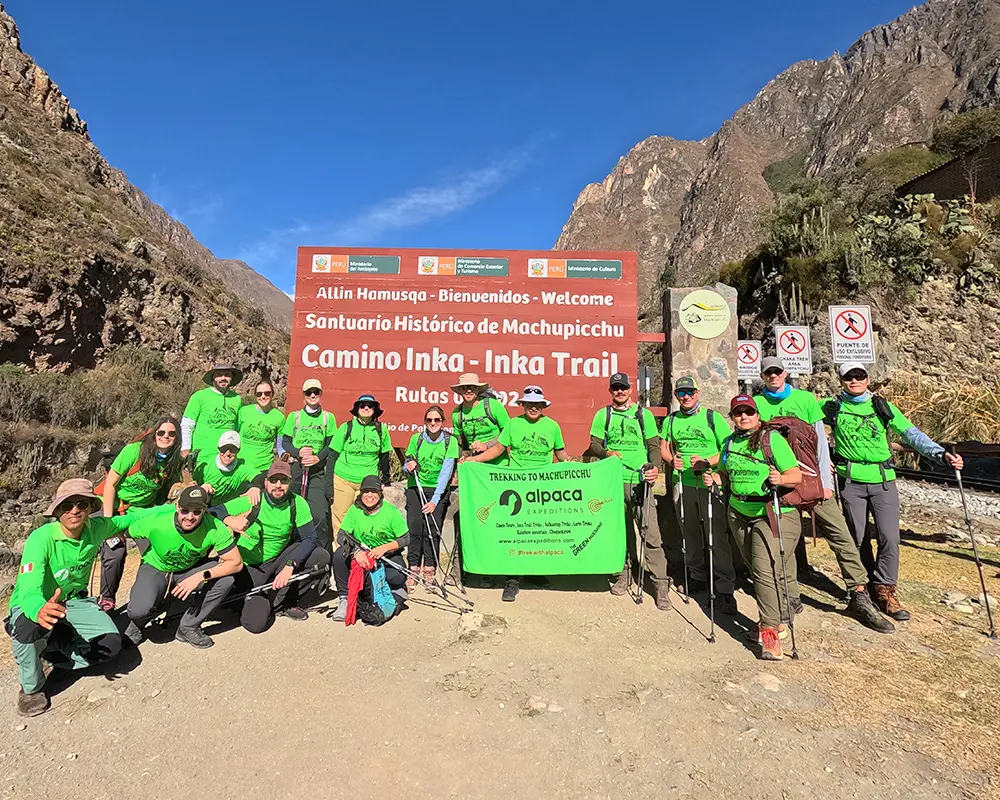
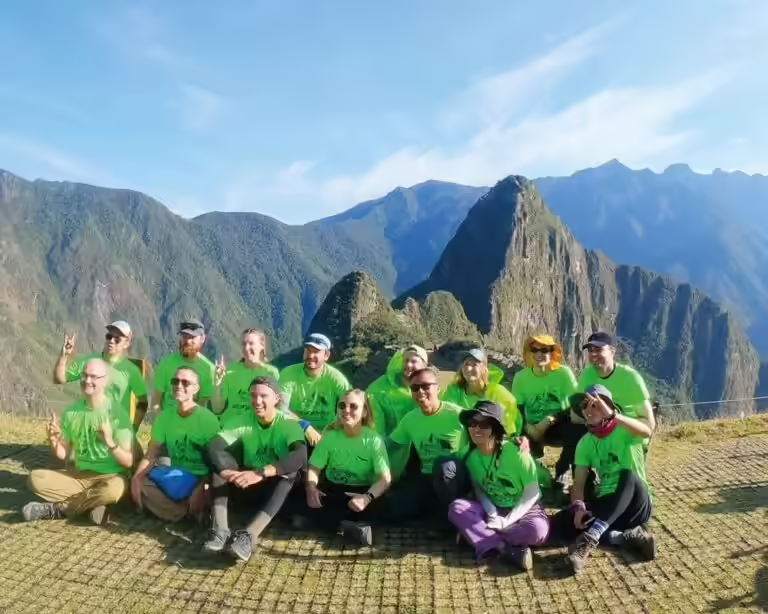
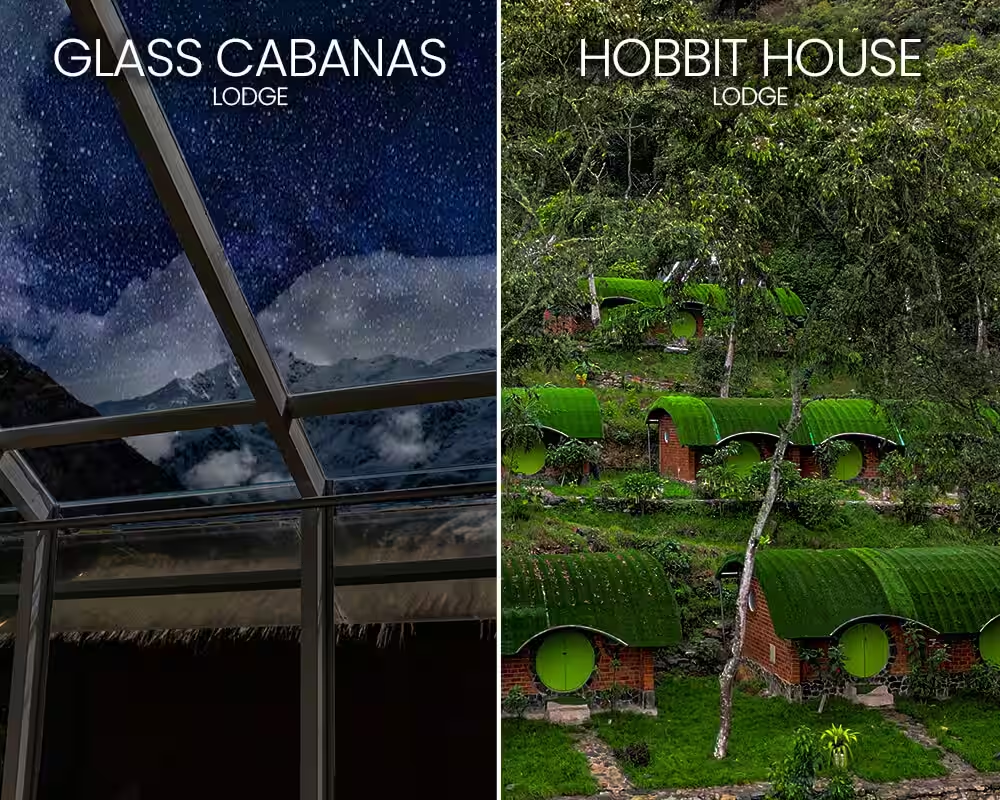

































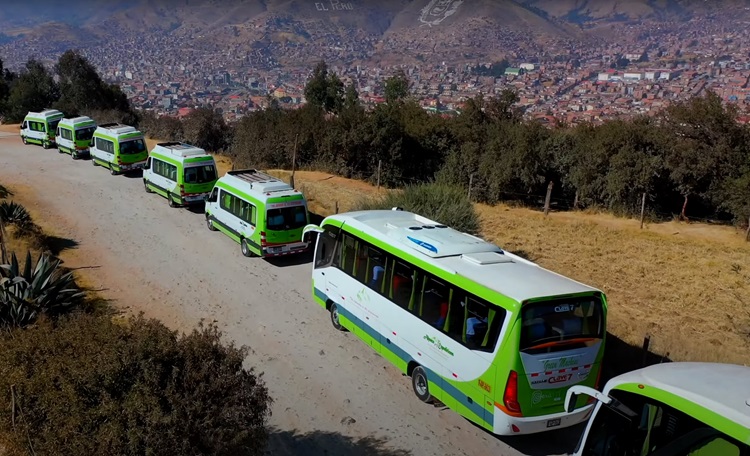
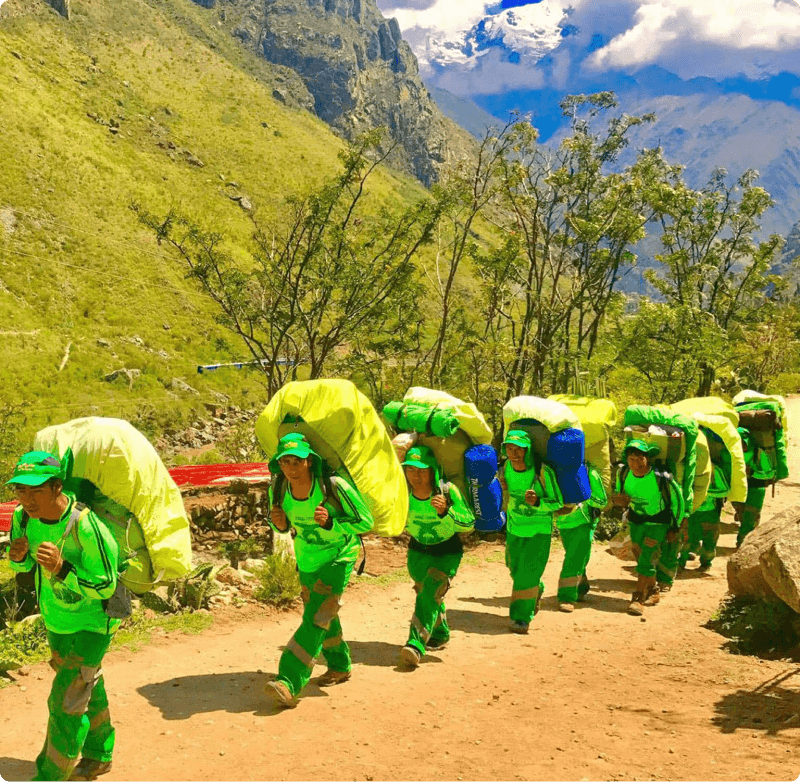 Porters will carry up to 7 kg of your personal items, which must include your sleeping bag and air mat (if you bring or rent one). From us, these two items weigh a combined total of 3.5 kg.
Porters will carry up to 7 kg of your personal items, which must include your sleeping bag and air mat (if you bring or rent one). From us, these two items weigh a combined total of 3.5 kg.

